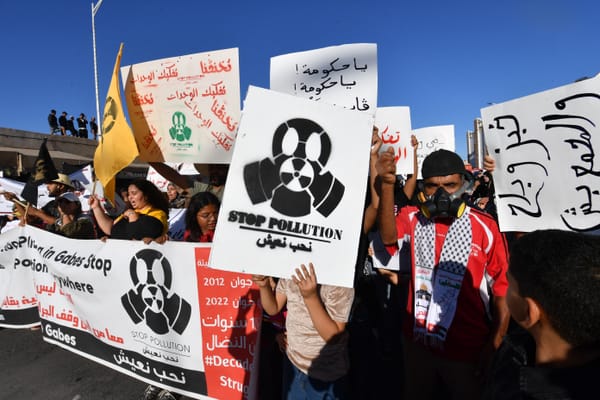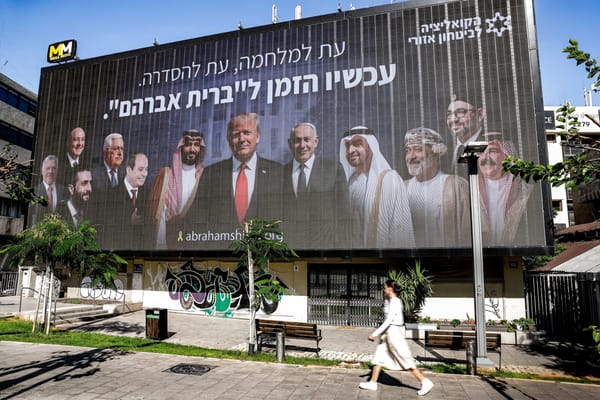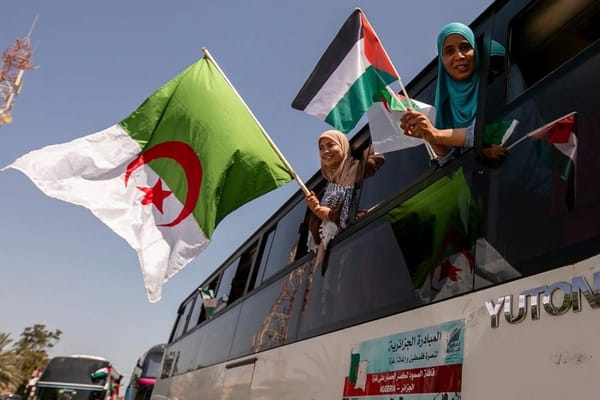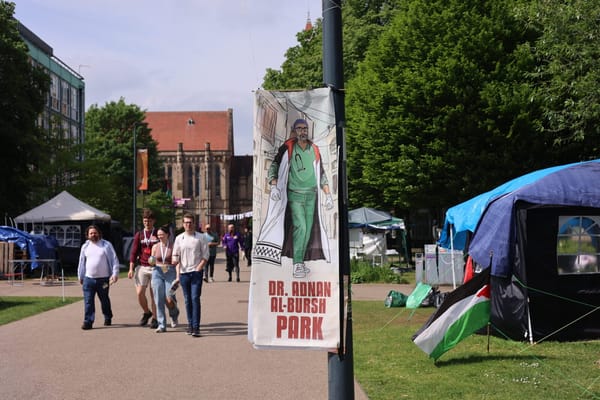Gaza Diary
FEBRUARY 7, 1988, MORNING “Welcome to Gaza,” the sign reads, but the streets are not inviting. The long road into town is nearly deserted, its shops and shanties locked shut; only a few men gather sporadically for coffee or a cigarette. Beyond, the camps stretch toward the sea like a giant junkyard









